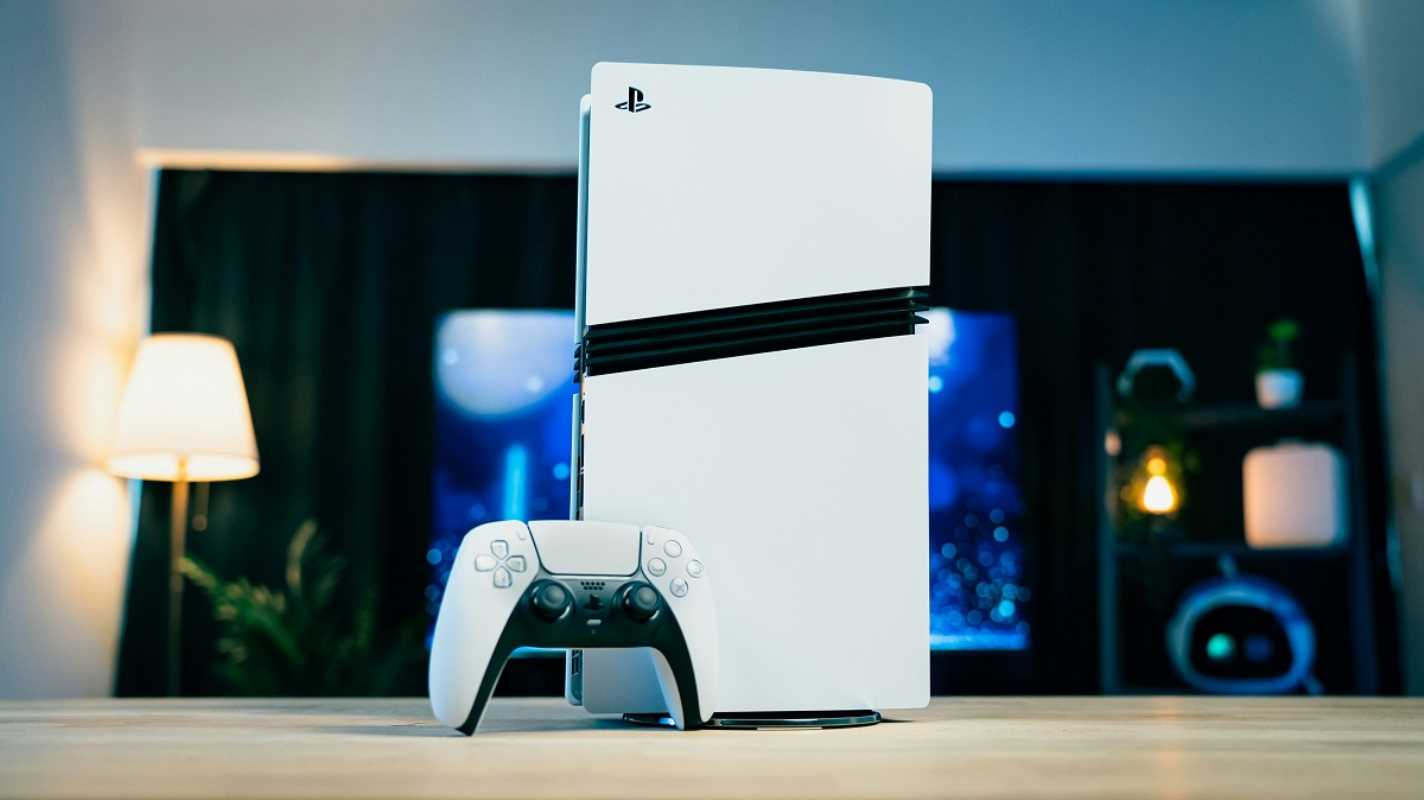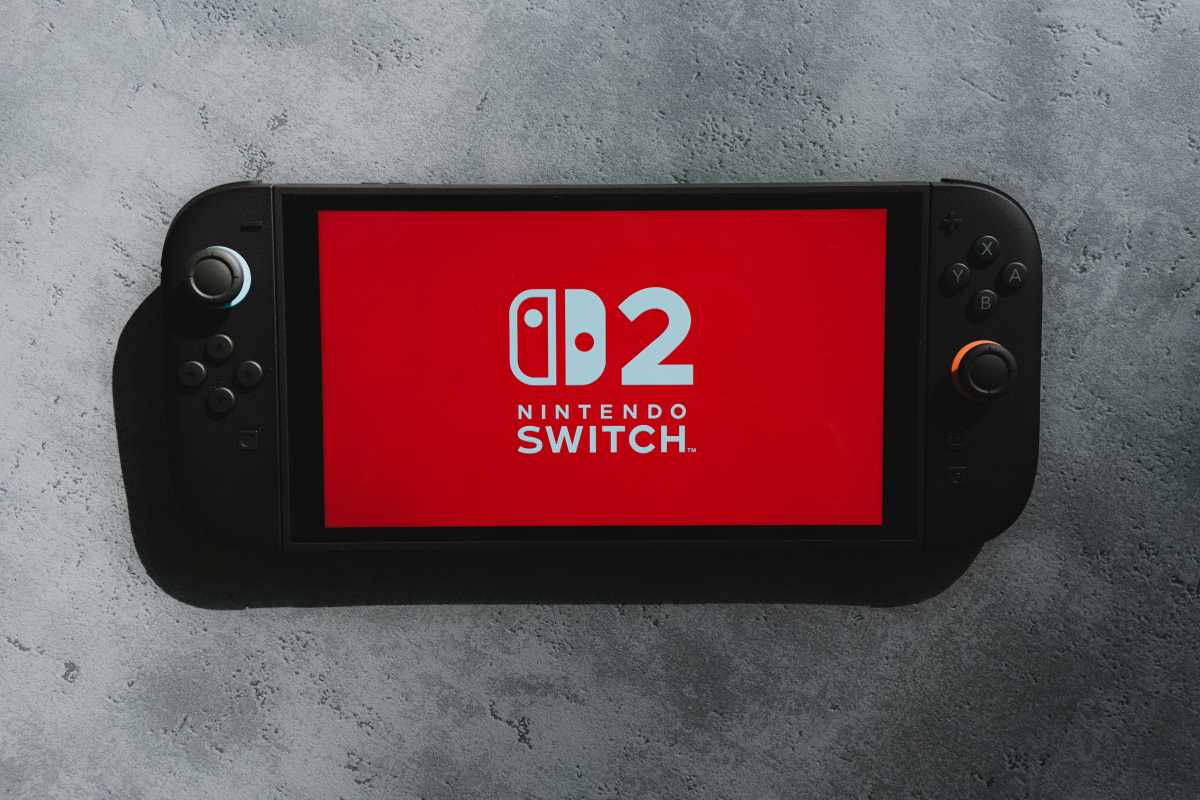Sony dropped the PS5 Pro with enough hype to power Times Square, but after months of real-world gaming, the truth is more nuanced than marketing campaigns suggest. This $700 console promises to elevate your gaming experience, but does it deliver value that justifies nearly doubling your investment over the standard PS5?
The PS5 Pro represents Sony's answer to gamers who want the absolute best performance without waiting for the next console generation. But here's the reality: this isn't a revolutionary leap—it's a calculated enhancement that targets specific pain points in current-gen gaming. Whether those improvements matter to you depends entirely on how you game and what you value most.
What Makes the PS5 Pro Different
The PS5 Pro's core upgrade centers around its enhanced GPU, which delivers roughly 45% more rendering power than the standard model. This translates to more consistent 4K gaming at 60fps, improved ray tracing performance, and the introduction of PlayStation Spectral Super Resolution (PSSR)—Sony's answer to NVIDIA's DLSS technology.
The console maintains the same CPU as the standard PS5, which means load times and general system responsiveness remain identical. You're not getting a completely new machine; you're getting a graphics-focused upgrade that addresses the most common compromises in current PS5 games.
Storage capacity bumps up to 2TB compared to the standard model's 825GB usable space. This seemingly generous upgrade becomes essential when you consider that modern games like Spider-Man 2 and Call of Duty: Modern Warfare III consume 75-100GB each. The additional space means fewer decisions about which games to delete when installing new titles.
Performance Improvements That Actually Matter
The PS5 Pro's enhanced capabilities shine brightest in supported games. Titles like The Last of Us Part II Remastered, God of War Ragnarök, and Spider-Man 2 receive "Pro Enhanced" updates that unlock higher resolutions, improved frame rates, and more detailed ray tracing effects.
Ratchet & Clank: Rift Apart demonstrates the Pro's strengths perfectly. The standard PS5 forces players to choose between 4K visuals at 30fps or 1440p at 60fps. The Pro delivers native 4K at a consistent 60fps with enhanced ray tracing reflections that make environments feel more immersive.
Racing games showcase another significant improvement. Gran Turismo 7 on the Pro runs at higher resolutions during gameplay while maintaining the smooth 60fps that's crucial for competitive racing. The enhanced ray tracing makes car reflections and track lighting appear more realistic, though you'll need a quality 4K display to fully appreciate these improvements.
However, performance gains vary dramatically between titles. Games without specific Pro patches see minimal improvements—sometimes just slightly more stable frame rates during demanding sequences. This inconsistency means your existing game library might not feel dramatically different until developers release optimization updates.
The PSSR Technology Question
PlayStation Spectral Super Resolution represents Sony's biggest bet on the Pro's future relevance. This AI-driven upscaling technology renders games at lower internal resolutions, then uses machine learning to create sharp 4K output with minimal performance impact.
Early PSSR implementations show promise but inconsistent results. Spider-Man 2 uses PSSR effectively, maintaining visual quality while boosting performance. However, some games exhibit artifacts like shimmering textures or slightly soft image quality that reveals the upscaling process.
The technology will likely improve through software updates, but current PSSR performance falls short of NVIDIA's mature DLSS implementation. Gamers expecting immediate visual perfection might find themselves disappointed by these growing pains.
Games That Justify the Upgrade
Several titles demonstrate the PS5 Pro's capabilities convincingly. Horizon Forbidden West runs at native 4K with enhanced foliage detail and improved lighting effects that make exploration more visually rewarding. The game's photo mode reveals texture details that simply aren't visible on the standard console.
Demon's Souls showcases ray tracing improvements that enhance the atmospheric lighting crucial to the game's oppressive mood. Reflections in armor and wet surfaces appear more accurate, while shadow quality receives noticeable upgrades during both combat and exploration.
Final Fantasy VII Rebirth benefits significantly from the Pro's enhanced GPU. The standard PS5 version suffers from inconsistent image quality in performance mode, while the Pro delivers cleaner visuals without sacrificing the 60fps gameplay that makes combat feel responsive.
These improvements matter most for single-player, story-driven games where visual fidelity enhances immersion. Competitive multiplayer titles often prioritize frame rate stability over visual enhancements, making the Pro's benefits less noticeable during intense online matches.
What Doesn't Change
The PS5 Pro maintains identical loading speeds to the standard model, which means you won't see improvements in game startup times or fast travel sequences. The same custom SSD architecture delivers the same near-instant loading that made the PS5 impressive at launch.
Audio capabilities remain unchanged, meaning your existing headset, soundbar, or surround sound setup will perform identically on both consoles. The Pro doesn't include enhanced audio processing or new connection options that would improve your listening experience.
User interface responsiveness, download speeds, and system features work exactly as they do on the standard PS5. These foundational elements were already excellent, so maintaining parity makes sense from an engineering perspective.
The Price Reality Check
At $700, the PS5 Pro costs 40% more than the standard PS5's current $500 retail price. This premium positioning places it closer to high-end graphics card territory than traditional console pricing, raising questions about value proposition for most gamers.
Consider the total cost of ownership: the Pro lacks a disc drive, requiring an additional $80 purchase for physical game compatibility. Add a vertical stand for another $30, and you're approaching $800 before purchasing any games. This pricing structure makes the Pro feel less accessible than previous PlayStation mid-generation upgrades.
Games continue costing $60-70 regardless of which console you choose, but Pro Enhanced titles often require additional downloads for optimization patches. These updates can consume significant bandwidth and storage space, adding hidden costs for gamers with data caps or limited internet speeds.
Compatibility and Ecosystem Benefits
Every PS5 game works on the Pro, maintaining full backward compatibility with your existing digital and physical library. Save data transfers seamlessly between consoles, ensuring your progress in lengthy RPGs or competitive rankings carry over without complications.
PlayStation VR2 compatibility remains unchanged, though some VR games receive Pro Enhanced updates that improve visual clarity and reduce motion sickness through higher frame rates. These improvements are subtle but meaningful for VR enthusiasts who prioritize immersion over cost considerations.
Your existing DualSense controllers, headsets, and other PS5 accessories work identically on the Pro. This compatibility reduces upgrade costs compared to switching console ecosystems, making the transition relatively painless for committed PlayStation users.
Who Should Upgrade Now
The PS5 Pro makes most sense for gamers who prioritize visual fidelity over cost efficiency. If you own a high-quality 4K TV or gaming monitor and primarily play single-player, story-driven games, the enhanced visuals provide genuine value that justifies the premium pricing.
Enthusiasts who must experience games at their absolute best will appreciate the Pro's capabilities, especially in supported titles that showcase meaningful improvements. The console also appeals to content creators who need consistent 4K footage for streaming or video production.
Casual gamers who primarily play multiplayer titles or don't own 4K displays will struggle to justify the upgrade cost. The standard PS5 already delivers excellent performance for most gaming scenarios, making the Pro feel like an expensive luxury rather than an essential upgrade.
Making the Smart Choice
The PS5 Pro succeeds at being a more powerful PS5, but it doesn't redefine what PlayStation gaming can be. The improvements are real and noticeable in supported games, but they're incremental rather than transformational.
Your decision should factor in your gaming habits, display setup, and budget flexibility. The Pro delivers exactly what Sony promised—enhanced performance for gamers who demand the absolute best visual experience. Whether that justifies $700 depends entirely on how much you value those improvements over your current setup.
 (Image via
(Image via





